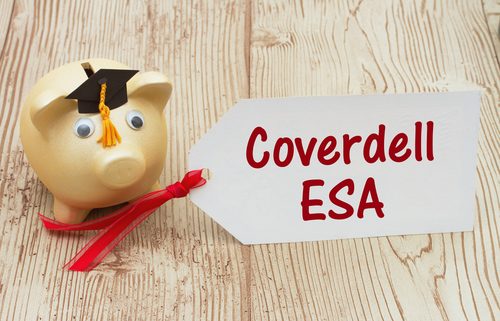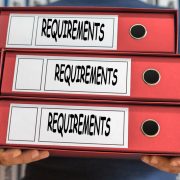Dispelling Common Myths About the Self-Directed CESA
The Coverdell Education Savings Account does not always get a lot of press. For that reason, it is easy for myths to spread about how it works—including what you can or cannot do with one. But if you are considering a Self-Directed CESA for putting aside money for your child’s education expenses, it helps to get some clarity. That is why we have put together a post that will help you separate the fact from the fiction.
Myth: You can use Self-Directed CESAs for personal tax benefits.
Reality: There are tax benefits in this account, but they are designed to help you cover your child’s education expenses. For that reason, you should not think about this as an investment vehicle for yourself. It is certainly a potential vehicle for securing the finances your child may need in their educational journey, but it is not something that you should expect to benefit from, aside from the satisfaction that you are doing a good thing for your children.
With a Self-Directed CESA, you will establish a designated beneficiary. This is someone under the age of 18. Or it may be a special needs beneficiary. There is not any rolling over here—the account needs to start out as a Coverdell Education Savings Account and remain one.
Myth: You can contribute as much as you want toward a Self-Directed CESA.
Reality: According to the IRS, “the total contribution to all accounts on behalf of a beneficiary in any year can’t exceed $2,000.” This helps highlight another myth about these accounts: you cannot open multiple accounts for the same beneficiary and expect to get past these contribution limit rules. Just as you cannot have multiple Roth IRAs for yourself and exceed the contribution limits that way, you cannot go over the set amount for Self-Directed CESAs. However, it is worth noting that if you have a different beneficiary on another account, then the rules change, as you are putting aside money toward a different individual’s education needs.
Myth: You always have to pay taxes on a CESA, even when the beneficiary is using it towards education.
Reality: Says the IRS: “In general, the designated beneficiary of a CESA can receive tax-free distributions to pay qualified education expenses. The distributions are tax-free to the extent the amount of the distributions doesn’t exceed the beneficiary’s qualified education expenses.” That means that there are certain limits on what can be done with the money to realize the tax-free benefits. However, you certainly do not always have to pay taxes on this money, assuming that you did everything legitimately, documented it, and the expenses ultimately went towards legitimate education expenses. Doing everything right means that you will be rewarded with your child’s ability to use the money towards their education, just as planned.
Myth: You can use a Self-Directed CESA to buy all sorts of other things.
Reality: If you want the tax-free benefits of the CESA, then it has to go towards qualified educational expenses. What are those valid expenses? One example, as we note at our Self-Directed CESA page, is that “there is no tax on distributions if they are for enrollment or attendance at an eligible educational institution.” This money can also go towards essential supplies like required books for classes, and qualified expenses for room and board.
The CESA is for parents who want to put aside money for college—and realize tax benefits all the while. Interested in learning more about Self-Directed IRAs? Contact American IRA, LLC at 866-7500-IRA (472) for a free consultation. Download our free guides or visit us online at www.AmericanIRA.com.





